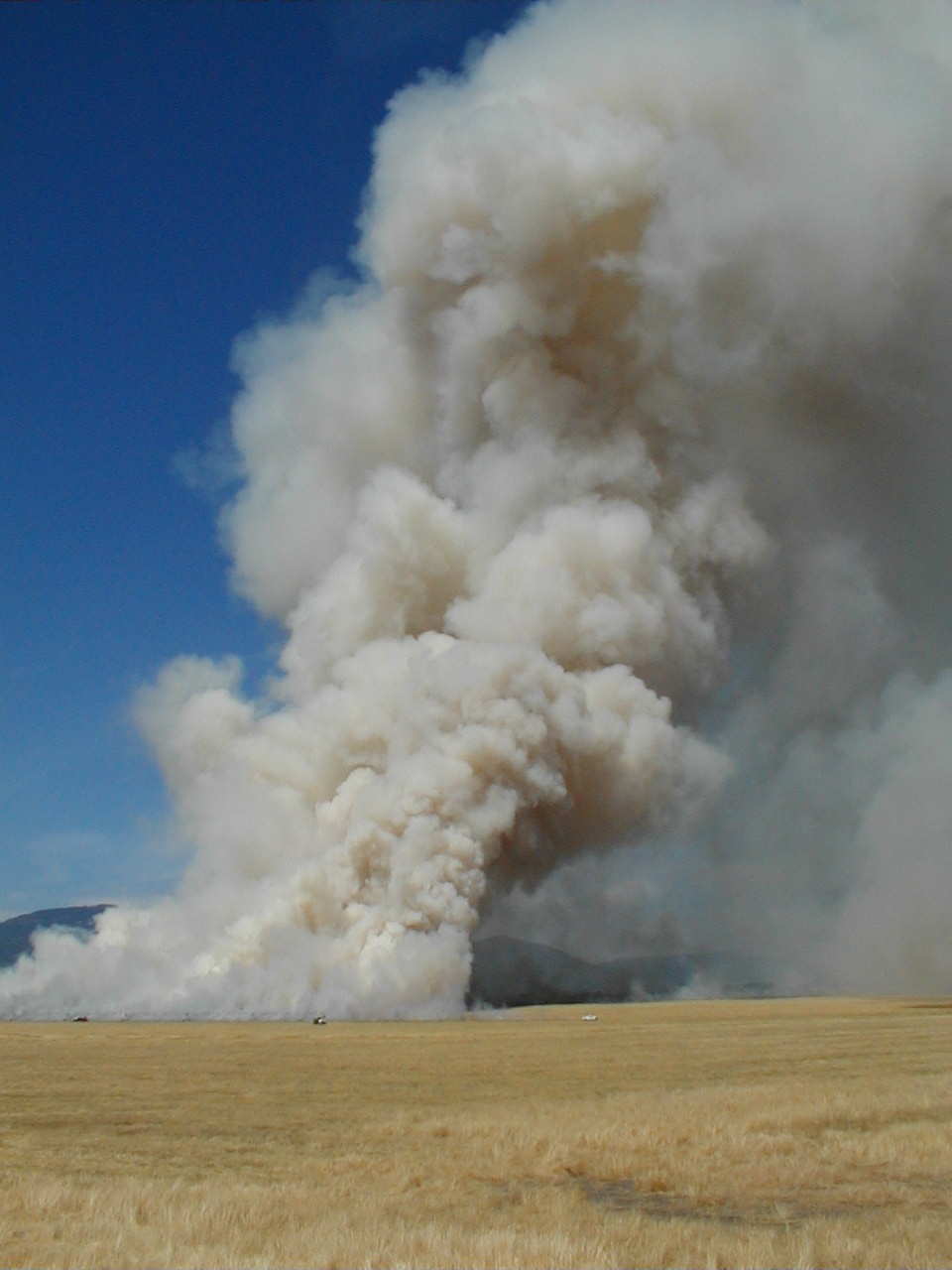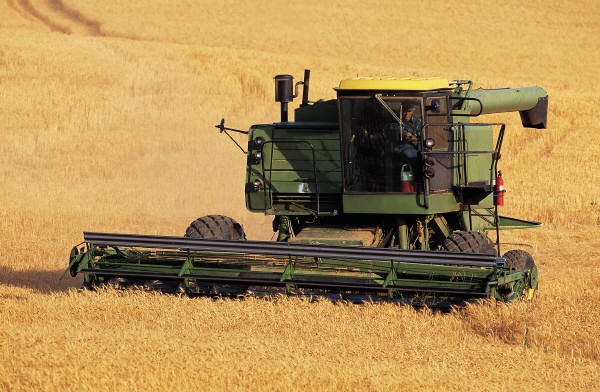Agricultural Burning
The way agricultural burning is being managed is changing in the Northwest, with Washington State leading the way. This change is part of a comprehensive revision of the state’s air pollution laws that affects not just agriculture, but many other commercial, individual and governmental activities. The Clean Air Washington Act of 1991 (Chapter 70A.15 RCW) states that those who contribute to air pollution will share the job of protecting air quality.
Agricultural burning is setting fire to:
- Crop residue after harvest in order to reduce excess plant material and hinder pest infestations
- Fruit tree debris from orchards after pruning or tree removal
- Cereal grain (wheat, barley, corn and oats) stubble after harvest
All agricultural burning must follow Best Management Practices. Information on these BMP’s is found here.
Questions about burning
What is “agricultural burning” and how is it different from other forms of burning?
Agricultural burning is one of three kinds of outdoor burning. Outdoor burning also includes silvicultural (forest land) burning, and “open burning” — any other kind of burning outdoors in the open or in containers. As a farm management tool, an estimated 3, 000 to 5,000 agricultural fires are set each year in Washington, with up to 600,000 acres thought to be burned. Studies show that air quality levels can exceed federal health standards in areas affected by outdoor burning, especially from larger fires, or when dispersion of smoke by the wind is poor.
The Washington Clean Air Act (RCW 70A.15) protects air quality in the state. Specifically, the RCW requires agricultural permits for commercial agricultural operations that burn natural vegetation as a farm management tool. The law also requires that the grower show the burning is reasonably necessary to carry out the enterprise. Agricultural burning meeting the criteria of the best management practices (identified by the agricultural burning practices and research task force) and where no practical alternative exists automatically satisfies this requirement. For further information, also see WAC 173-430.
Other forms of outdoor burning, such as that which is done at residences within the urban areas are considered to be waste-disposal, not as a management tool. This is primarily why many forms of outdoor burning are being phased out over time.
When is the next agricultural burn day?
Agricultural burn days are not called in advance. The BCAA staff checks for forecast air circulation conditions, which if good, mean that any smoke generated from burning should be diluted enough not to impact the general population. Because wind speed considerations are not taken into account when determining an agricultural burn day, it is the responsibility of the agricultural operation to determine if it is safe to burn or not.
Also, certain types of agricultural burns require a permit while others do not. Be sure that you understand whether or not you need a permit. Burning without a permit may lead to enforcement actions. Please do not hesitate to contact the BCAA office for clarification and assistance.
The burn day message is updated at 9 a.m. daily; no burn day will ever start prior to 9 a.m.
BCAA Office Agricultural Burn Line: 783-6570 or CLICK HERE
Agricultural Best Management Practices (BMPs)
Agricultural burning is allowed when it is reasonably necessary to carry out the enterprise. A farmer can show burning is reasonably necessary when it meets the criteria of the BMPs and no practical alternative exists. BMPs are one of the ways to demonstrate the need to burn. Growers not using BMPs must establish that their proposed burn is reasonably necessary and that no practical alternative is available. The burden of proof is on the grower, and the demonstration must satisfy the Department of Ecology and the local delegated permitting authority, if there is a local permitting authority.
Permits:
Many kinds of agricultural burning require permits. Information about permit applications, and the regulations upon which these programs are based is found here:
Do I need a permit to burn and how do I get one?
Agricultural Burning Permits and Forms
When is an agricultural burn permit not necessary?
Agricultural Burning Permits and Forms
What about burning?:
- on an commercial orchard
- on a vineyard
- on a grass seed farm
- “flaming” or burning hop roots
- for non-agricultural purposes (land-clearing)
The Department of Ecology’s page on Agricultural Burning is here.




